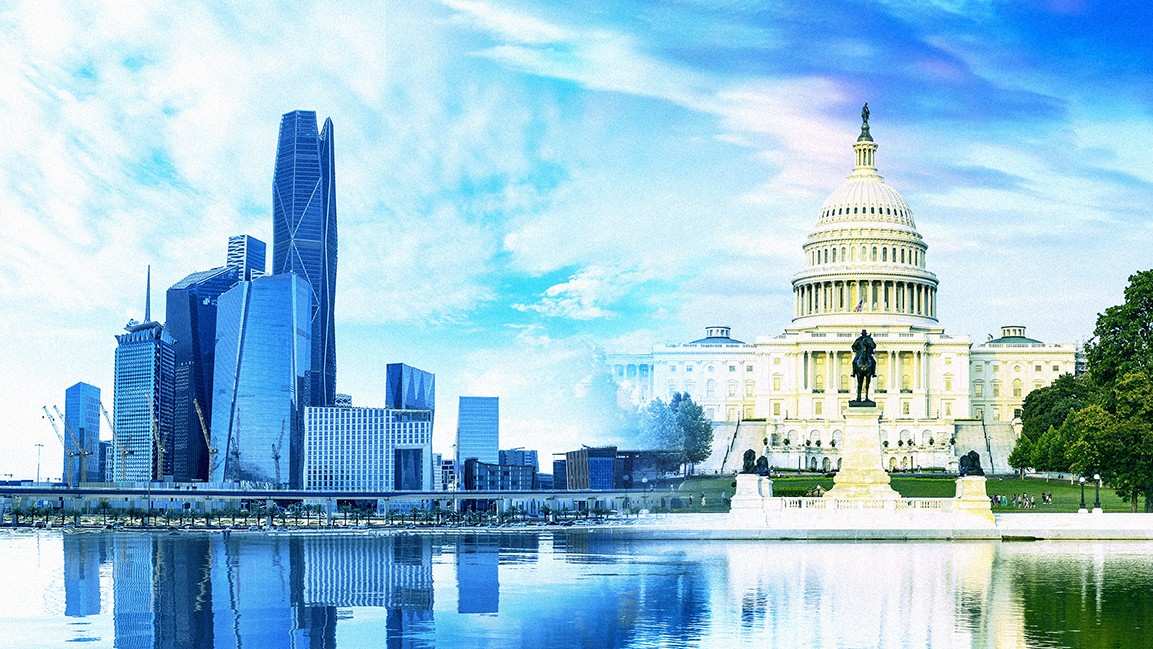- | 11:00 am
Private sector to propel Saudi Arabia’s GDP growth to 2.8% in 2025
Mega-projects such as the $500 billion NEOM city and the Red Sea Project are expected to drive growth across sectors in the Kingdom.

Saudi Arabia’s real GDP is expected to grow by 2.8% in 2025, driven mainly by higher private consumer spending, according to S&P Global Market Intelligence.
This growth aligns with Saudi Vision 2030, the country’s plan to diversify the economy and reduce reliance on oil. The strategy focuses on expanding sectors such as tourism, entertainment, technology, and renewable energy to establish Saudi Arabia as a regional economic hub.
Private-sector investment is projected to increase by 3.8%, supported by Vision 2030 initiatives. Major projects like the $500 billion NEOM city, designed as an innovation hub, and the Red Sea Project, centered on luxury tourism, are expected to boost construction, real estate, and related industries.
The government’s investment in renewable energy, including the Saudi Green Initiative—aiming to plant 10 billion trees and generate 50% of the kingdom’s power from renewables by 2030—will also help drive economic growth.
However, the report highlights two major risks that could impact these projections.
First, a slowdown in global economic growth—whether due to a weaker US economy or rising trade tensions—could reduce oil demand and push prices lower. As the world’s largest oil exporter, Saudi Arabia remains heavily dependent on oil revenues, which account for nearly 70% of government income.
Second, a stronger US dollar—especially if new US tariffs are introduced—could hurt Saudi Arabia’s economy by making exports more expensive and reducing the competitiveness of local industries.
Despite these risks, the country has a financial buffer through its sovereign wealth funds, including the Public Investment Fund (PIF), which holds assets worth over $600 billion. However, if oil prices drop sharply, further policy adjustments and public-sector cost cuts may be required.































